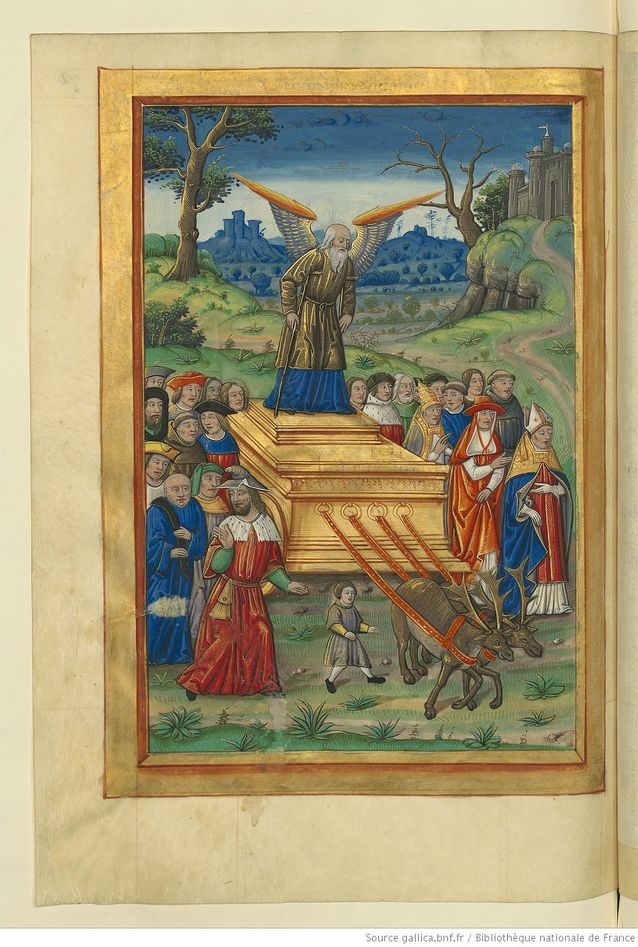Elina Suomela-Härmä
Born 30 November 1946 Helsinki
Master of Arts, 1970, Licentiate of Philosophy, 1973 and Doctor of Philosophy, 1981 (University of Helsinki)
Acting Lecturer and acting Assistant in Romance Philology, 1972–81, University of Helsinki
Assistant, 1981–86, Docent, 1984–98; lecturer, 1987–92, Professor of Italian Philology, 1998–2014, University of Helsinki
Junior Researcher, Academy of Finland, 1985–87 and Researcher, 2006–07
Associate Professor and Professor of French, 1992–98, University of Tampere
Visiting Associate Professor of Finnish Language and Culture, 1988–91, Université Sorbonne Nouvelle, Paris III
Associate Professor of Medieval French Literature and Language, 1994–96, Université Paris Diderot
Publications, research projects and other academic activities
Research interests: Medieval French literature, contemporary Italian pragmatics and literature, Italian-French translation, esp. sixteenth century.
Awards and special achievements:
Chevalier des Palmes Académiques (‘French knight of the order of academic palms’)
Cavaliere dell’Ordine “Stella della Solidarietà italiana” (‘knight of the order of the star of Italian solidarity’)
Chair, Suomen italianopettajien yhdistys (’Finnish association of Italian teachers’),1980–85
Chair, Helsinki Dante Alighieri Society, 1992–2008
Member, Finnish Academy of Science and Letters, 2002-
Board Member, 2006–12 and Chair, 2011–12, Società Internazionale di Linguistica e Filologia italiana
Board Member, 2009-, Société des Anciens Textes français ('French medieval text society')
Written by Elina Suomela-Härmä
Translated by John Calton

